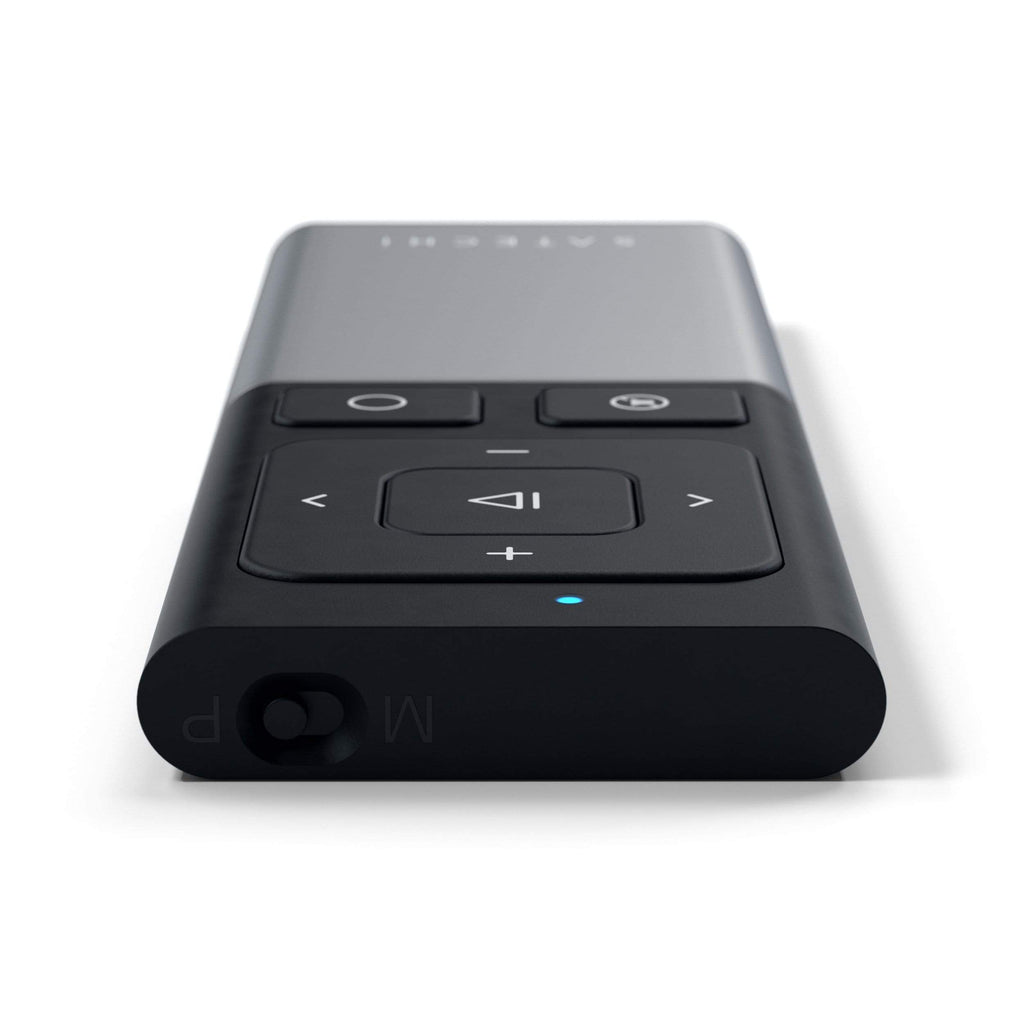


You can, of course, disable it if you want to stop using it. Just toggle Handoff to on (which it should be by default) to enable Universal Control. You’ll find the Handoff tick box in System Preferences>General on your Mac and in Settings>General>AirPlay & Handoff on your iPad. The magic happens thanks to Continuity and Handoff. I’ve heard Universal Control uses Continuity and Handoff?Ĭorrect. If you have lots of compatible devices, the system will assume you are dragging toward the last iPad or Mac you used, assuming they are nearby. That bar has a couple of arrows you can use to line up the iPad with your Mac so that dragging the mouse feels smooth. Apple isn’t using anything more complex than proximity, so assuming your devices are close together, you’ll start a session by dragging your cursor to the left or right of the Mac’s screen and then a little beyond.ĭuring Apple’s WWDC keynote, execs showed the gray animated bar that appeared to the side of the iPad as the first cursor crossing took place. You can then move your cursor seamlessly between them. All you do is use your mouse or trackpad to push the cursor (left or right on a horizontal axis) from one device to the other until it appears on the second device. Assuming Handoff is enabled on all your devices, and they meet the requirements listed below, setup is pretty easy.


 0 kommentar(er)
0 kommentar(er)
